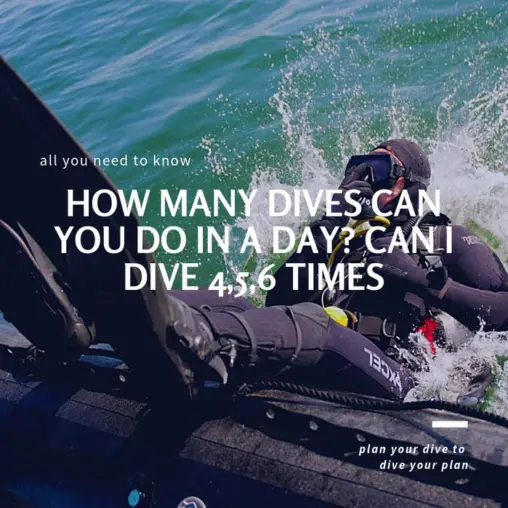
The summer I decided I wanted to learn how to scuba dive was maybe one of the most frightening summers of my life. You know, it sounds very cool to be able to get into the water and go to great depths. However, when you are actually in the moment you begin to realize how many things you really have no idea about.
One of those things is buoyancy, you will actually find yourself wishing you had paid more attention to physics class. The whole concept is a little confusing, but it becomes clearer once you put it to practice and realize how it is going to affect you going up and down while diving.
Let’s get into how buoyancy affects you and your sinking and floating.
So basically, when you are beneath the water, you displace water, because you push it aside to make space for you. The water you are pushing is kind of pushing back, trying to fill the space you occupy.
When doing this, the water puts pressure on you, this pressure is the buoyant force.
An object will float if the water it displaces weighs more than the weight of the object itself since the water will remain below, pushing the object up.
On the other hand, an object will sing in the opposite scenario, that the water weight it displaces is less than its own.
Finally, the object will remain at one level (neutral) if the water it displaces is the same as its own weight.
When diving you basically want to get to the third one but need to know how to control the other to change the place in which you are displacing your weight in water.
You can’t change your own weight, though, that’s what the BCD is for.
Now that you understand the principle, and how it works, you have to know how the BCD works
So, how do scuba divers sink?
Well, the answer relies on physics actually, it is not as hard as you might think it is.
Though a little confusing at first, buoyancy is basically how likely you (or any object really) are to float, or sink. In order to control their tendency to sink or float, a diver has a buoyancy control device.
A diver is able to sink or float by inflating or deflating said device, which will affect the buoyancy of the diver. On one hand, the whole gear remains constant in weight, volume, and density.
On the other hands, by inflating or deflating the buoyancy control device (BCD) you can change it since you displace more water so your buoyancy is increased and vice versa if it deflates you displace less water and therefore decrease your buoyancy.
Other factors also affect the fact that a diver can or cannot sink, however, the BCD is how you manage it.
Long story short, divers can go up and down because they have a device that affects their buoyancy and lets them do it.
If you can’t quite grasp the concept of how buoyancy works, keep reading. I know I was lost on the whole “properties” part.
Here are the basics on managing your BCD
If you are going to go scuba diving, you definitely need to know these first. Most certifications will offer you a crash course on it. I, however, think I would have been much more calmed if I knew what to expect beforehand.
So, for those of you who are control freaks like me, let’s explain what you’ll be doing.
First, you have to inflate the buoyancy compensator and jump in the water. Yes, just like that.
In your own, you float but consider you have a heavy gear and a scuba tank that make you heavier. You want to make sure you float that’s why you inflate it.
Second, deflate the BCD slowly as you descend. The process has to be slow enough so that your ears adapt to the change in pressure.
If you just deflate it completely you’ll sink like the Titanic and end up with ear barotrauma.
It is important for you to be aware of the speed at which you are sinking. Sometimes it feels like you are sinking to fast.
This happens because as you descend, the pressure is higher and the air in your BCD is more compressed (aka you displace less water). So, if you feel like you are descending too quickly, don’t panic, just add small bursts of air to your buoyancy compensator.
Then we go into achieving neutral buoyancy. Once you are as deep as you want to be you need to add air to the BCD until you are neutral.
While diving your scuba tank will empty and you’ll become more prone to floating, so you’ll have to deflate your BCD as you go by slowly. This way you are making up for the lost weight of the tank with the BCD to remain neutral.
Now, when you are ready to return to the surface (I mean you probably won’t be ready but you’ll have to), contrary to what you might think, you’ll need to deflate your BCD.
The thing is you can float up, you have to swim up. To do this you have to remain neutral and swimming up.
Once you reach the surface, you can completely inflate your BCD, to make sure you don’t sink. Keep it in mind, I myself was so excited about the experience that I forgot and ended up with a whole mouthful of water.
So, now that you know the basics about buoyancy in scuba diving, you can actually go out and practice. Scuba diving is one of the most amazing experiences you’ll ever get to live in your life.
The only way in which you can get the sinking and float right is by doing it, so put on your wetsuit and show everyone you are now an expert on diver’s buoyancy.









